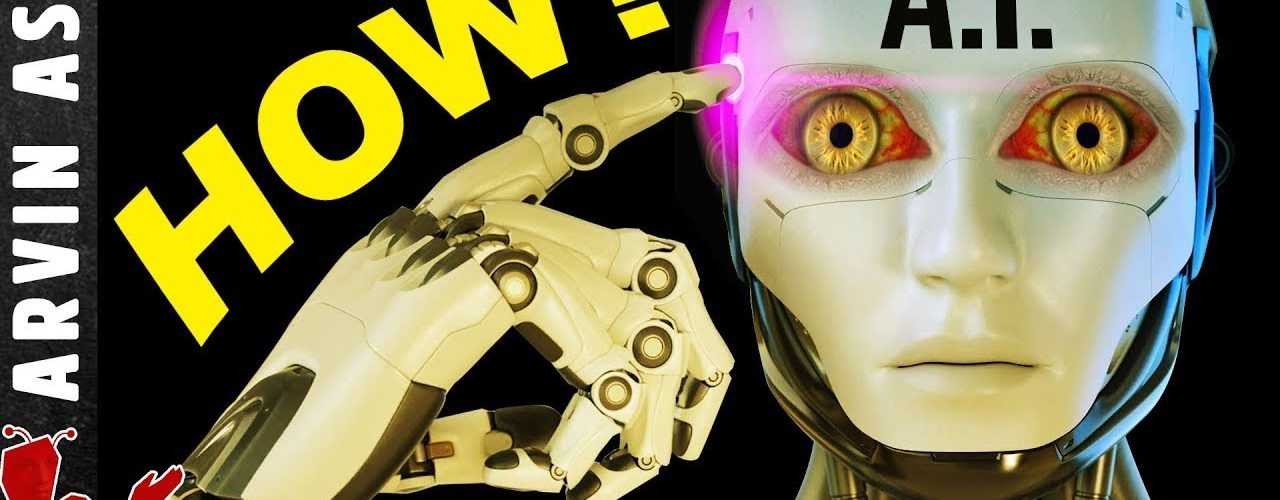In this video, I explain how AI really works in detail. An artificial neural network, also called neural network, is at its core, a mathematical equation, no more. It’s just math. The term neural network comes from its analogy to neurons in our body. Neurons in neural networks also serve to receive and transmit signals, just like a biological neuron. Like in the brain, we connect multiple neurons together and form a neural network which we can train to perform a task.
A neuron in a neural network is a processor, which is essentially a function with some parameters. This function takes in inputs, and after processing the inputs, it creates an output, which can be passed along to another neuron. Like neurons in the brain, artificial neurons can also be connected to each other via synapses. While an individual neuron can be simple and might not do anything impressive, it’s the networking that makes them so powerful. And that network is the core of artificial intelligence systems.
How do these artificial neurons work? Well, essence of an artificial neuron is nothing but this simple equation from elementary school, Z(X)=W*X + B, where x is the input, w is a weight, b is a bias term and the result or output is Z(x). This allows the AI system to map the input value x to some preferred output value Z(x).
How are W and b determined? This is where training comes in. We have to train the parameters w and b into the AI system, such that the input can be modified into the most appropriate or correct output. How is the training done? I do a simple example to illustrate how this works. The input is controlled and the output is known. If the output is not what it should be, then W and b are modified until the output does match. After many iterations, the network “learns” by adjusting W and b in the various nodes of the network.
Note that equation above is linear, which is limiting. Nonlinearity is introduced into the network by adding a mathematical trick called an activation function. An example of such a function is the sigmoid function. I show an example of this in the video.With an appropriate activation function, the AI can answer much more complex questions.
#artificialintelligence
#ai
#neuralnetworks
There is one thing about this neural network that some find scary. When a network is trained, the adjustments that the system makes to the W and b in the training process is a black box. This means that when we train the system using known inputs and known outputs, we are having the system self-adjust its internal networking results from the various nodes, to match what the known result should be. But how exactly the network adjusts the various layers of intermediate outputs, to achieve the final output we want is NOT really known. The input and output layers are known. But the stuff inside is not. And so these intermediate layers of neurons are called “hidden” layers. The hidden layers are a black box.
We don’t really know what these various layers are doing. They are performing some transformation of the data which we don’t understand. We can find the calculated intermediate results, but these look meaningless.
No AI technology based on neural networks today could become something like Skynet in the Terminator movies, that suddenly becomes conscious and threatens mankind. The real threat of AI is in its power to do things that humans do today, and thus potentially eliminate jobs.







